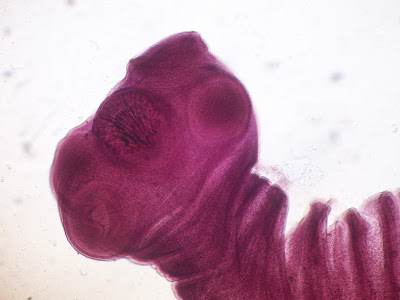General Characteristics and Classification of Aschelminthes
A brief Introduction to phylum Aschelminthes
There are several classes of animals where a pseudocoel is the area inside the body. It is not a true coelom because it is not filled with mesodermal epithelium, and it represents an embryonic blastocoel that survives. Such animal classes are known as pseudocoelomates (presence of a cavity, the pseudocoel, between the intestine and the body wall), and are often classified within a single superphylum aschelminthes. Gegenbaur (1859)
created a group nemathelminthis to place some pseudocoelomates animal.
General Characters-
1. Mostly aquatic, free living or parasitic.
2. Usually small, even microscopic.
3. Body slender, vermiform, unsegmented, flator cylindrical, bilaterally symmetrical
and triploblastic.
4. Organ system grade of body organization.
5.Head not distinctily formed with well-defined sense organs.
6. Body wall is with a syncytial or cellular epidermis externally covered with thick
cuticle of scleroprotein.
7. Cilia absent except anterior cilia of rotifers.
8. Musculature includes mostly longitudinal fibres.
10. Body cavity pseudocoel not lined by mesoderm.
11. Digestive canal complete with mouth, specialized pharynx, straight non-muscular
intestine and posterior or anus.
12. No circulatory and respiratory systems.
Classification-
Phylum Nematoda have 2 Classes-
1. Apasmida
2. Phasmida
Class 1 Aphasmida-
i. Usually two testes are are present in males.
ii. Phasmids (sensory organ) are absent.
iii. Cephalic organs, setae and hypodermal glands are present.
iv. Most species are free living and some are parasitic.
v. Amphids(Anterior sensory organ) are not pore like.
Class 2 Phasmida-
i. Phasmids are present
ii. Amphids open to outside by pores.
iii. Males contain single testes.
iv. Most species are parasitic and free living species mainly inhabit soil.
v. Epidermal cell uni or multinucleate; cuticle two or four layered.




Comments
Post a Comment